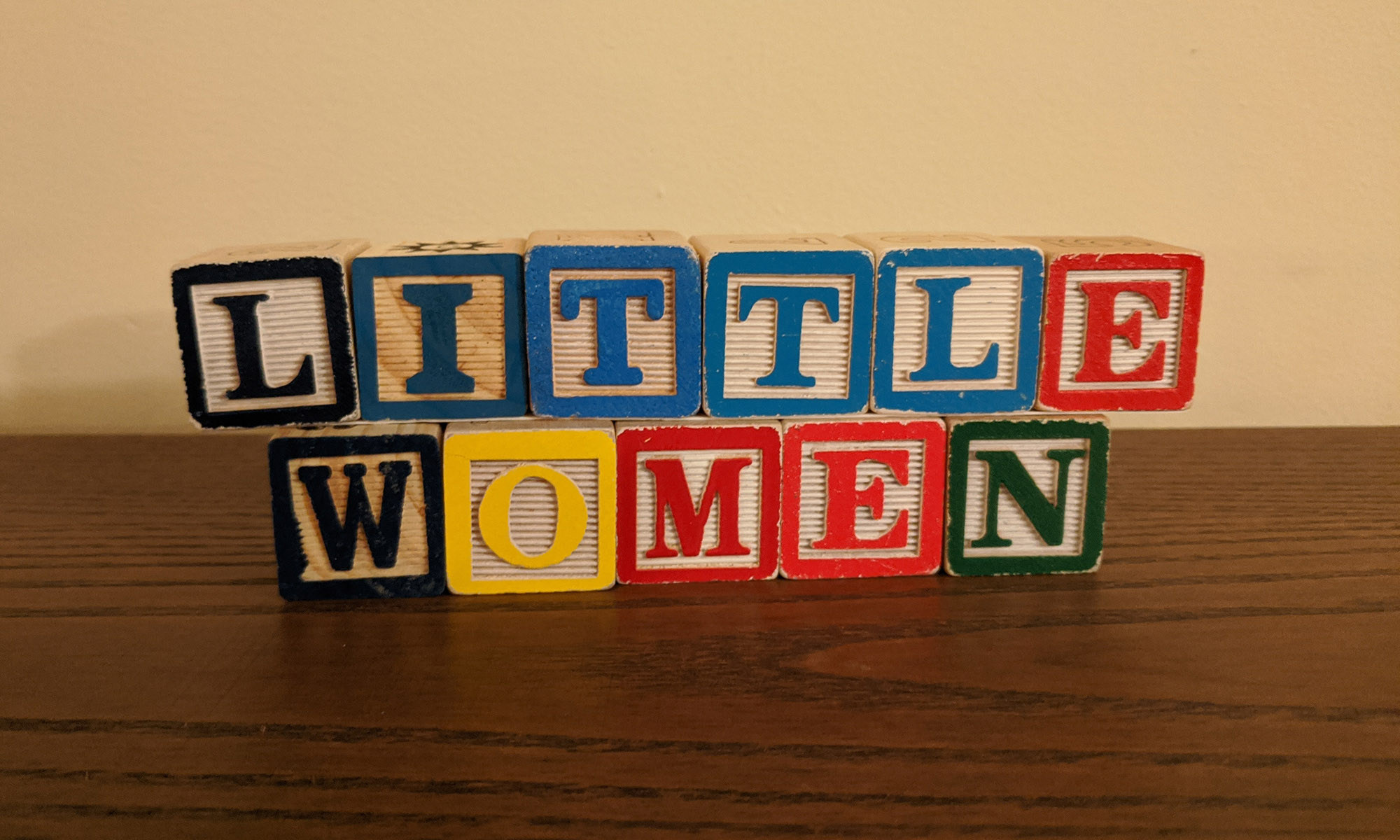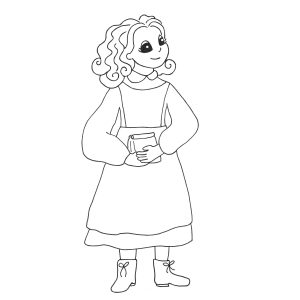Lily Alone by Jacqueline Wilson is about a girl whose irresponsible mother makes her take on very adult responsibilities . . . despite the fact that she is only 11 years old. This is a book with very heavy themes, but I was glad co-host Chloë brought it to my attention. Wilson explores the problems associated with parental neglect and the point at which social services get involved with sensitivity and empathy — something children in such a situation deserve. The story made a real impression on Chloë after she read this book at school, and I wanted to understand why, so we sat down to chat.

Activity: Should Kate Get Her Kids Back?
At the end of Lily Alone, Lily has been placed in a group home and her younger siblings are in foster care. Her mother, Kate, seems likely to be arrested and charged with credit card fraud and child endangerment. Despite all of this, Lily loves her mother and just wants to be back home with her family all together again.
Have students write a reflection about what Kate should have to do to prove that she can be trusted to take care of her children again one day. They should identify specific behaviors and time frames, along with a way to measure improvements to her behavior. As students to consider what sort of people should be involved in this process. Students should not be expected to understand the intricacies of the foster care system or the way criminal courts function. This exercise should be more about helping students begin to think about the philosophy of social services, child protection, and the points at which society finds it necessary to intervene in family relationships.




